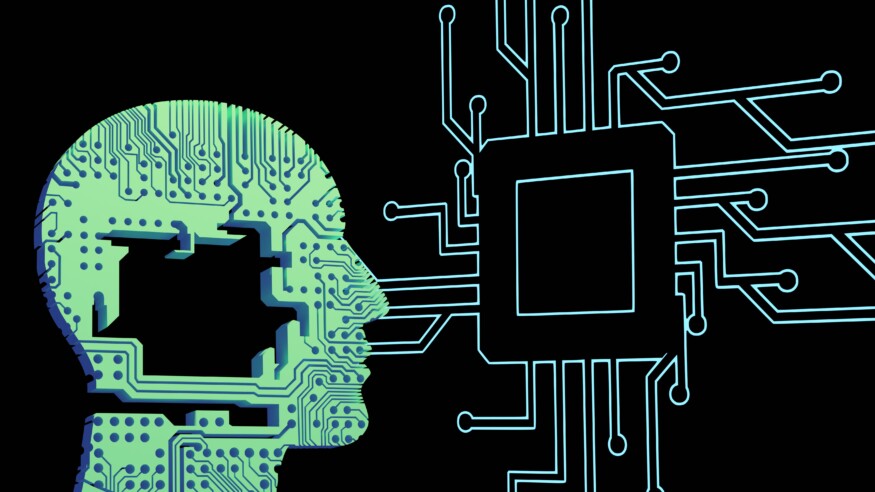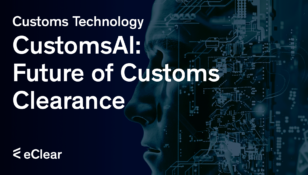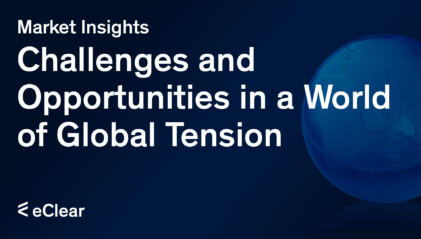Artificial intelligence (AI) is ubiquitous; it amalgamates mathematical models and human intuition, a highly complex network shaped by the data it consumes. But this data is often a distorted echo of reality, soaked in the subtle and sometimes apparent biases that pervade human society. Algorithms, though objective in theory, thus become silent carriers of discrimination and bias lurking in the shadows of the codes and classifications they use.
The human hand that shapes AI leaves indelible traces of its biases in machine intelligence. The developers, over 75% of whom are men from similar cultural and socio-geographical backgrounds, shape the perspective and focus of the AI systems, albeit usually unconsciously. This also leads to an AI that is limited in its perception and analysis of the world, with a more or less narrow and constricted view of its creators, unable to grasp the diversity of human experiences and perspectives fully.
This admittedly theoretical-sounding fact has long since made its way into our everyday lives, albeit mainly in the background and not immediately perceptible to the average consumer at first glance:

Real-world examples of AI bias: hidden judgements
AI bias reveals itself in a variety of contexts that permeate all of our daily lives. It manifests in how credit is given, jobs are assigned and even how social values are reflected. One of the most common examples is finance, where a person’s life can unconsciously influence their credit profile, a silent judgement based on historical and socio-economic biases.
In the world of work, women and minorities are often unconsciously disadvantaged by algorithmic decisions based on historical data that reflect existing inequalities and stereotypes. These algorithms, although designed to optimise the recruitment process, often perpetuate discrimination and make it challenging to create a more inclusive and diverse work environment.
The ethical dimension of AI: responsibility in code
Ethics in AI is not just a technological consideration, but also a profound reflection of human values and responsibilities. It is about creating systems that are not only functionally efficient but also morally aware and socially responsible. Companies and developers face the challenge of developing algorithms that can respect the diversity and complexity of human experiences and perspectives but also represent them.
The ethical dimension of AI calls for a conscious engagement with the values embedded in codes and algorithms, and an ongoing reflection on the impact these technologies have on individuals and societies. It is a call to look beyond the technological horizon and explore the human and moral landscapes that are being shaped and transformed by AI.

Cross-border sales & AI
Cross-border trade has increased massively in recent years; goods cross borders. Artificial Intelligence (AI) is increasingly used in customs administration and B2B goods shipping. AI not only brings new levels of efficiency and precision but, above all, ethical and practical challenges, which are amplified by regional differences.
AI will also be increasingly used in the future concerning the taxation to be determined. However, the development is still in its infancy until it reaches fully automated decisions in a regulatory area such as taxation, says Felix Lamp, Head of Data Science at eClear AG, in his post.
Current examples of AI use in customs
In Singapore, for example, AI is already being used to automate and speed up customs checks. AI enables customs authorities to efficiently analyse large volumes of shipping data to identify irregularities or potential breaches of customs regulations quickly. This technological advance promises to speed up customs processes and improve accuracy in identifying irregularities. However, there are risks, such as false alarms due to data bias or errors and the possibility of biased algorithms discriminating against certain goods or shippers.
In the European Union, AI is used differently, namely for risk assessment in customs administration. This involves analysing historical data to identify patterns and anomalies that could indicate potential risks. This approach allows for more efficient resource allocation for customs controls and improved risk identification. Again, there are challenges, such as the risk that certain risk factors may be overstated based on historical data and the possibility of overlooking new or unexpected risks.
Regional differences in the application of AI reveal a diversity of ethical and legal standards. Different geographical and cultural contexts influence the evaluation of AI technologies regarding fairness and discrimination. These differences could lead to inconsistency in the application of AI technologies, creating challenges in interoperability and cooperation between customs authorities in different regions.
In summary, implementing AI in customs administration and B2B goods shipping is complex and requires careful consideration to maximise the benefits of AI and uphold ethical principles. It is thus essential to design and implement AI in a way that meets the diverse needs of global trade.
Prospects and possible solutions: The road to just AI
The journey to realising truly just and ethical AI is an ongoing process that requires conscious effort, education and a solid commitment to ethical principles. It is a journey that requires the active participation and engagement of all sectors of society, from researchers and developers to activists, educators and the general public.
The still-long road to equitable AI also requires continuous reflection and adaptation of the practices, principles, and values that guide the development and application of AI technologies. It is a call to move beyond the technological imperative and see AI as a tool that can positively transform society and contribute to a more just and inclusive global polity.

AI as a mirror and architect of our society
AI, in its most potent form, is both a reflector of human society and a shaping architect of our future realities. It has the potential to reinforce or undermine the deep-rooted biases that shape our societies and to create new pathways of justice, inclusion and ethical integrity.
In this dual role, AI has a profound responsibility and opportunity to shape the structures, patterns, and norms that will define the future of our global society. It is up to us to set the direction and values that will guide AI in its development and application. We must all actively advocate for AI that is not only technologically advanced but also ethically grounded and human-centred, AI that can respect and represent the diversity, depth, and complexity of human experience and values.
In the design and implementation of AI technologies, we need to consider a wide range of perspectives and voices to ensure that AI reflects the rich diversity of human experience and knowledge. This requires a conscious effort to promote inclusive and participatory practices in AI research and development, and ongoing reflection on the ethical and social implications of AI.
What is certain is that AI is at a critical point in its evolution, where the choices we make today will shape the trajectory of its development and its impact on society. It is time to develop a visionary and ethically conscious perspective on AI that sees its role as a partner in creating a more just, inclusive and ethically responsible global society.
In the future, AI systems could become powerful allies in helping us address some of humanity’s most profound and intractable challenges, from social injustice to global environmental problems. But to realise this potential, we must ensure that a solid ethical foundation and a deep commitment to human values and dignity guide the AI technologies we develop.







